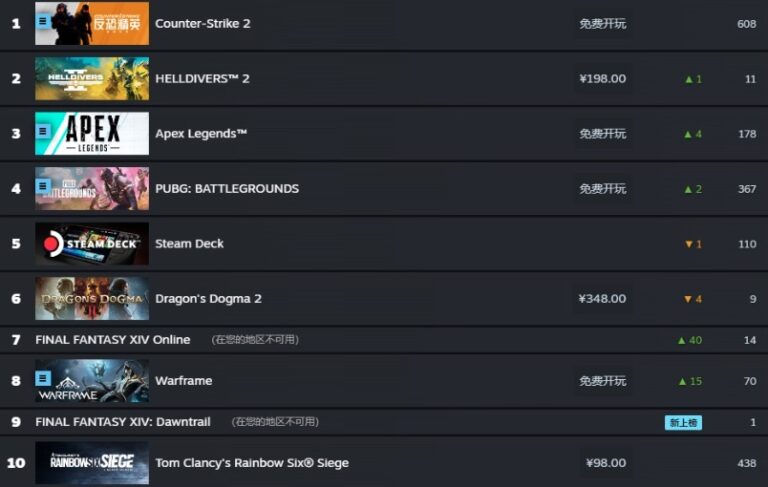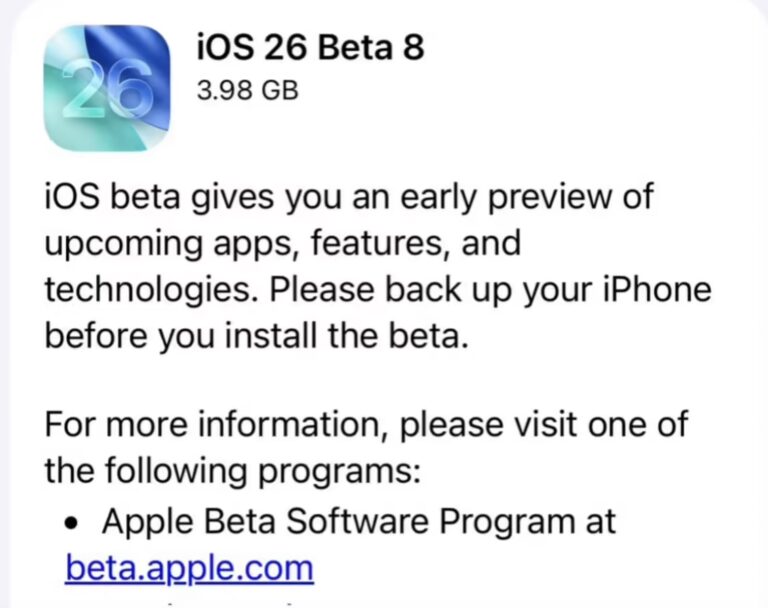March 18, it was reported that following the leak of the GPU technical specifications of Sony PS5 Pro game console last week, Tom Henderson from Insider Gaming today revealed more detailed parameters of PS5 Pro.
System memory
PlayStation 5 – 448 GB/s (14 GT/s)
PlayStation 5 Pro – 576 GB/s (18 GT/s) – an increase of 28% compared to the standard version
Tom Henderson said that the system memory of PlayStation 5 Pro is more efficient than the standard version, so the actual bandwidth benefit may be higher than 28%.
CPU
The CPU of PS5 Pro is exactly the same as the standard PS5 (Note from IT House: 8-core Zen 2, with a maximum frequency of 3.5GHz), but a new “CPU high-frequency mode” is added, with a frequency of up to 3.85GHz, which is 10% higher than the standard version.
Under the “CPU high-frequency mode”, more power is allocated to the CPU, and the GPU is downclocked by about 1.5%, resulting in a approximately 1% reduction in GPU performance.
Audio
Compared to the standard PS5, PS5 Pro increases the operating frequency of ACV, resulting in a 35% improvement in the performance of the ACM library.
It can handle more convolution reverbs (Convolution reverb)
It can handle more FFT or IFFT
GPU (previously reported)
Rendering speed is 45% faster than PS5
2-3 times the ray tracing performance (up to four times in some cases)
33.5 Teraflops
PSSR super-resolution technology
Support for 8K resolution in future SDK versions
Custom machine learning architecture
AI accelerator, supporting 300 TOPS 8-bit / 67 TFLOPS 16-bit floating-point computing
30 WGPs BVH8 traversal shader
According to sources, in order to make PS5 Pro as “competitive” as possible, it will be equipped with the same removable optical drive as the new version of PS5, and 1TB of storage space.
Netizen @Kepler_L2 made an analysis of this leak, saying that the use of BVH8 traversal shaders not only confirms that PS5 Pro is using the RT engine of RDNA4, but also confirms that the RT throughput of RDNA4 doubles per cycle, which is information that has not been mentioned in any open source patches before.



















+ There are no comments
Add yours